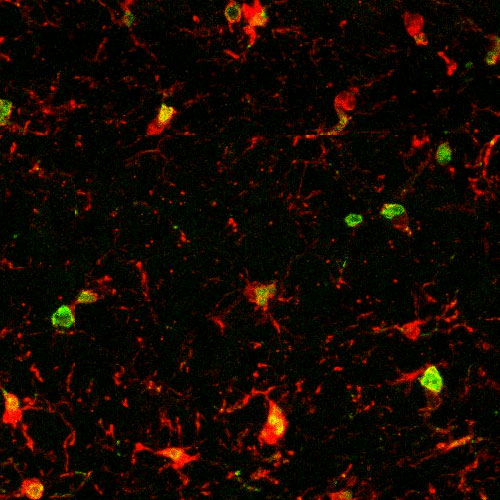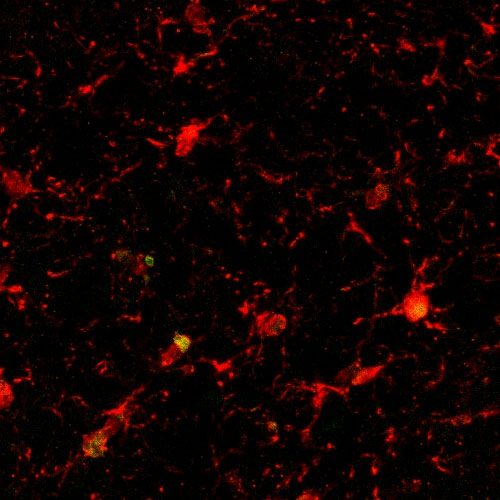SAN FRANCISCO — Scientists from the University of California-San Francisco have found that a component in our blood, commonly associated with clotting, may hold the key to reversing signs of aging in the brain. This same factor is linked to the benefits of young blood transfusions, the so-called “longevity hormone” klotho, and even the cognitive gains from regular exercise.
The study pinpoints platelet factor 4 (PF4) as the crucial element behind these rejuvenating effects. PF4 is a product of platelets, which are blood cells that rush to the rescue when we get a wound, helping with clotting. It seems that PF4 can also make old brains act younger and young brains become even sharper.
“Young blood, klotho, and exercise can somehow tell your brain, ‘Hey, improve your function,'” says study senior author Dr. Saul Villeda, associate director of the UCSF Bakar Aging Research Institute, in a university release. “With PF4, we’re starting to understand the vocabulary behind this rejuvenation.”
What does this mean in practical terms?
Dr. Villeda’s expertise in parabiosis, where two animals share a blood system, has revealed that when an older animal is connected to a younger one, it appears rejuvenated. By 2014, he identified that PF4 was abundant in the plasma of younger animals and had the power to bring about this rejuvenation.
Introducing PF4 to older creatures calmed their aging immune systems, both in the body and brain. As a result, these older animals showed better memory and learning capacities.
“PF4 actually causes the immune system to look younger, it’s decreasing all of these active pro-aging immune factors, leading to a brain with less inflammation, more plasticity and eventually more cognition,” explains Dr. Villeda. “We’re taking 22-month-old mice, equivalent to a human in their 70s, and PF4 is bringing them back to function close to their late 30s, early 40s.”

Dr. Dena Dubal, UCSF professor and David A. Coulter Endowed Chair in Aging and Neurodegenerative Disease, previously identified the cognitive benefits of the hormone klotho. Her team uncovered that klotho worked its magic by prompting platelets to release PF4. This not only improved the structure of memory regions in the brain but also enhanced overall cognitive performance in both old and young animals.
“Ideally, we’ll have multiple shots on goal for one of our biggest biomedical problems, cognitive dysfunction, with the fewest side effects and the most benefit,” says Dr. Dubal.

Building on the widely accepted notion that exercise is beneficial for the brain, Dr. Tara Walker, professor of neuroscience at the University of Queensland, discovered that exercise prompts the release of PF4. This revelation has significant implications.
“For a lot of people with health conditions, mobility issues or of advanced age, exercise isn’t possible, so pharmacological intervention is an important area of research,” notes Dr. Walker. “We can now target platelets to promote neurogenesis, enhance cognition and counteract age-related cognitive decline.”
The synchronized release of these findings underscores the robustness of the research.
“When we realized we had independently and serendipitously found the same thing, our jaws dropped,” says Dr. Dubal. “The fact that three separate interventions converged on platelet factors truly highlights the validity and reproducibility of this biology. The time has come to pursue platelet factors in brain health and cognitive enhancement.”
The study is published in the journal Nature.

